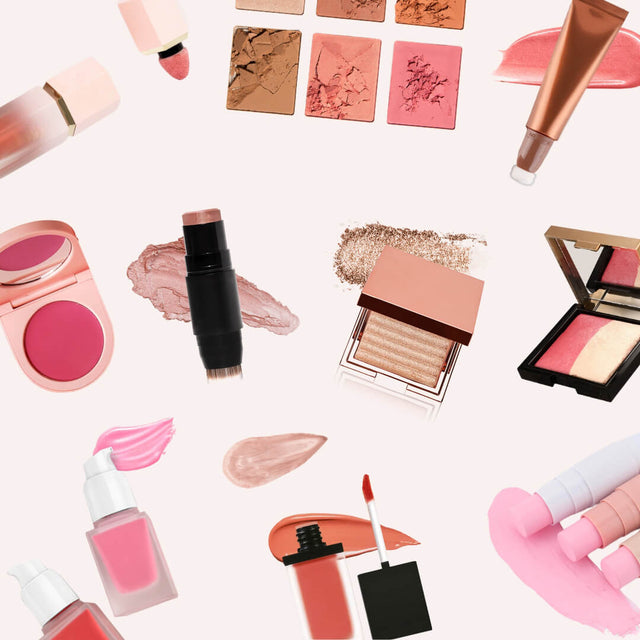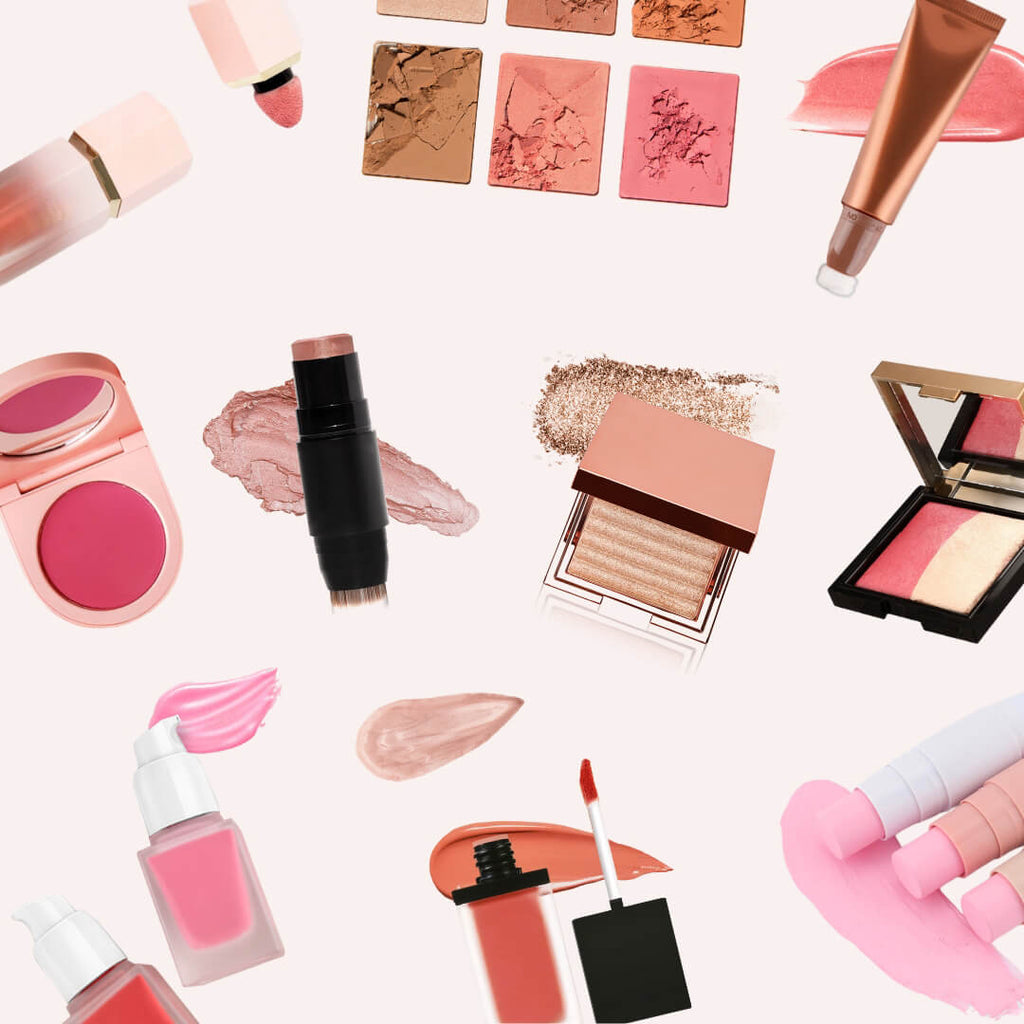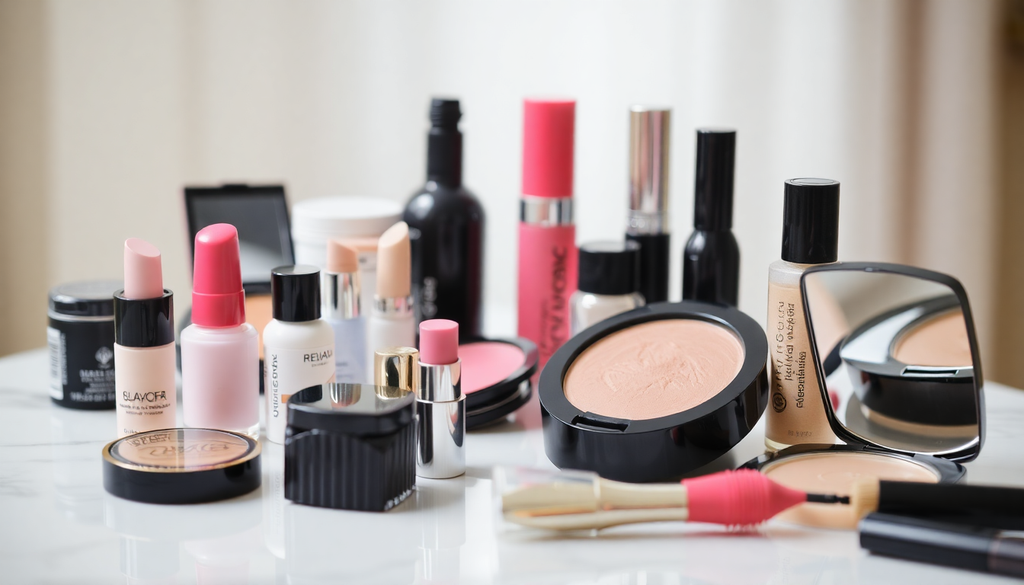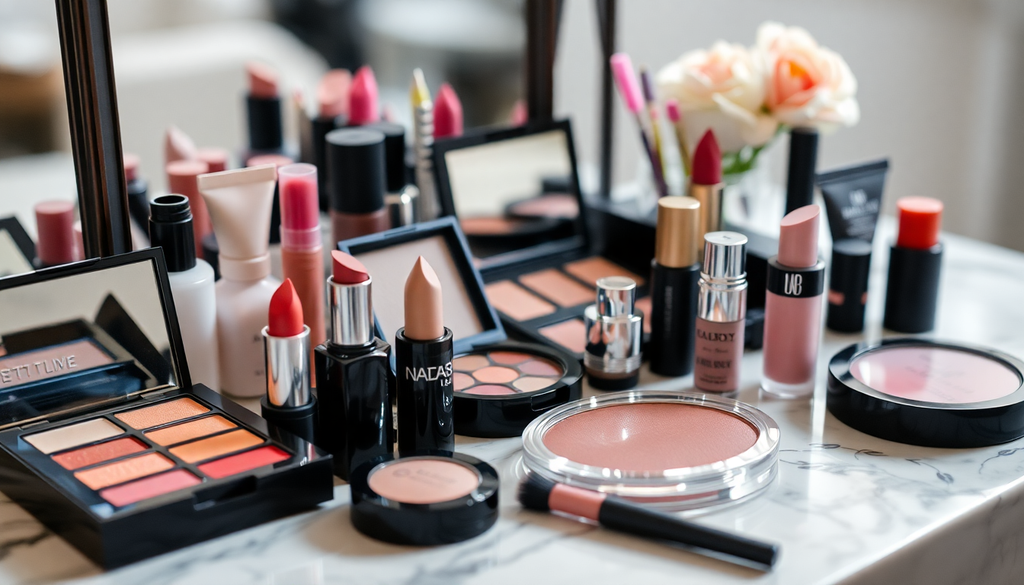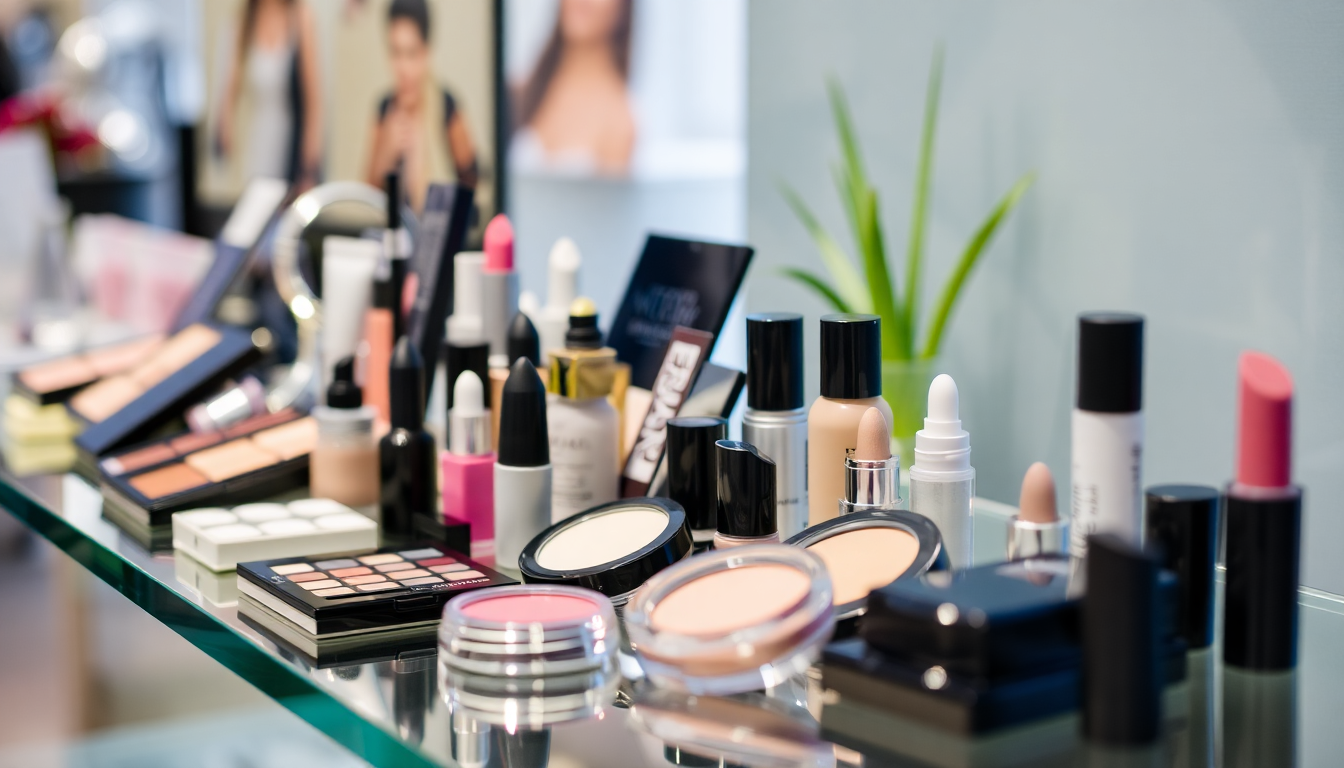
Mastering the Art of Makeup Brand Launch: Step-by-Step Strategies for Success in Key Global Markets in 2025
Introduction
Launching a makeup brand in 2025 offers an exciting opportunity to tap into a thriving industry characterized by rapid innovation and shifting consumer preferences. With the global beauty market projected to reach billions of dollars, understanding how to navigate the complexities of international markets is essential for aspiring beauty entrepreneurs. This comprehensive guide will outline step-by-step strategies for launching your makeup brand successfully across key global markets, focusing on regulatory requirements, market entry strategies, and effective marketing techniques.
Understanding Key Global Markets
Each market is unique, with its own set of regulations, consumer behaviors, and beauty trends. Below, we delve into some of the most important markets for makeup brands in 2025, highlighting essential considerations for each.
1. United States
- Regulatory Compliance: In the U.S., the Food and Drug Administration (FDA) regulates cosmetics. It's crucial to ensure that your products meet safety standards and labeling requirements. Regularly review the FDA guidelines to stay updated.
- Online Store Setup: Establish a user-friendly online store using platforms like Shopify or WooCommerce. Ensure your website is optimized for mobile devices, as a significant portion of consumers shop via smartphones.
- Marketing Strategies: Utilize social media platforms like Instagram and TikTok for influencer marketing. Collaborate with beauty influencers to create authentic content that resonates with a younger audience.
- Trendy Product Development: Consider launching products such as tinted moisturizers, bold lip colors, and long-wear foundations that cater to current trends in the U.S. market.
2. European Union
- Cosmetic Regulation: The EU has stringent regulations outlined in the Cosmetic Products Regulation (EC) No 1223/2009. Ensure your formulations are compliant by conducting safety assessments and maintaining a Product Information File (PIF).
- Import Policies: Research customs duties and Value Added Tax (VAT) applicable to cosmetics in various EU countries. Create a detailed import strategy to mitigate unexpected costs.
- Marketing Approaches: European consumers are increasingly drawn to sustainable and cruelty-free products. Highlight your brand's commitment to eco-friendly practices to attract this demographic.
- Localized Branding: Tailor your branding and messaging for different EU countries. For instance, emphasize natural ingredients in Germany while focusing on luxury in France.
3. Asia-Pacific
- Market Diversity: The Asia-Pacific region is incredibly diverse. In South Korea, K-beauty trends drive innovation, while in Japan, minimalist aesthetics are favored. Understand local preferences to tailor your products accordingly.
- Regulatory Landscape: Each country has unique regulatory requirements. For instance, South Korea mandates pre-market approval for cosmetics. Familiarize yourself with regulations enforced by local authorities to ensure compliance.
- Online Presence: Utilize local platforms such as Tmall in China or Shopee in Southeast Asia to expand your reach. Consider partnerships with local e-commerce sites to enhance brand visibility.
- Innovative Product Offerings: Launch products that resonate with trends in the region, such as cushion foundations or multifunctional makeup that appeals to busy consumers.
4. Middle East
- Cultural Sensitivity: The Middle East has distinct cultural preferences. Products should cater to modesty and local beauty standards. Understand the cultural context in countries like Saudi Arabia and the UAE.
- Regulatory Compliance: Adhere to guidelines provided by the Saudi Food and Drug Authority (SFDA) and other regional regulators. Ensure that your products are halal-certified if targeting Muslim consumers.
- Marketing Strategies: Collaborate with local celebrities and influencers who resonate with the target audience. Consider hosting exclusive events or pop-up shops to engage consumers directly.
- High-Quality Packaging: Invest in luxurious and aesthetically pleasing packaging, as consumers in the Middle East often prioritize presentation.
Essential Steps to Launch Your Makeup Brand
To successfully launch your makeup brand, follow these essential steps:
- Conduct Comprehensive Market Research: Gather insights on consumer preferences, market trends, and competitors in your target market. Utilize surveys, focus groups, and industry reports to inform your strategy.
- Product Development: Develop a product line that reflects the latest trends and consumer demands. Consider incorporating innovative formulations, such as clean beauty products or customizable options.
- Brand Identity: Create a compelling brand identity that resonates with your target audience. Focus on your unique selling propositions, such as cruelty-free practices, vegan formulations, or local sourcing.
- Distribution Channels: Explore both online and offline distribution channels. Collaborate with beauty retailers and e-commerce platforms to enhance brand visibility. Consider subscription models to create a steady revenue stream.
- Pricing Strategy: Develop a competitive pricing strategy that reflects your brand's positioning. Consider offering introductory discounts or bundle deals to attract initial customers.
Marketing Your Makeup Brand
Once your products are ready, effective marketing is paramount for brand success. Here are some strategies to consider:
- Influencer Collaborations: Partner with beauty influencers who align with your brand ethos. A well-executed influencer campaign can significantly enhance brand visibility and credibility.
- Social Media Advertising: Utilize paid advertising on platforms like Instagram and Facebook. Target specific demographics based on interests, behaviors, and location to optimize ad performance.
- Content Marketing: Create engaging content that educates and entertains your audience. Consider tutorials, product reviews, and behind-the-scenes content to build a loyal community.
- Email Marketing: Develop a robust email marketing strategy to keep your audience informed about product launches, exclusive offers, and beauty tips. Personalized emails can drive higher engagement rates.
- SEO Optimization: Optimize your website and content for search engines to improve visibility. Use relevant keywords, meta descriptions, and high-quality images to enhance your site's SEO performance.
- Participate in Trade Shows: Attend beauty trade shows and exhibitions to network with industry professionals, showcase your products, and gain valuable insights into market trends.
Leveraging Trends in the Makeup Industry
Staying ahead of trends is crucial for success in the beauty industry. Some current trends to consider include:
- Personalization: Consumers are increasingly seeking personalized beauty solutions. Consider offering customizable products or virtual try-on experiences to enhance customer engagement.
- Sustainable Beauty: Eco-conscious consumers are driving the demand for sustainable and ethically sourced products. Highlight your brand's commitment to sustainability through transparent sourcing and eco-friendly packaging.
- Inclusivity: Brands that embrace diversity and inclusivity in their product offerings and marketing are resonating with consumers. Ensure your product range caters to a variety of skin tones and types.
- Virtual Reality (VR) and Augmented Reality (AR): Incorporate AR technology to create virtual try-on experiences for customers. This technology enhances the online shopping experience and helps consumers make informed purchasing decisions.
Conclusion
Mastering the art of launching a makeup brand in 2025 requires a multifaceted approach that encompasses market understanding, regulatory compliance, innovative product development, and strategic marketing. By following these step-by-step strategies and embracing current trends, you can position your brand for success in the competitive beauty landscape. Remember to remain adaptable, continuously gather consumer feedback, and innovate to meet the ever-changing demands of the beauty industry. With the right approach, your makeup brand can thrive and make a lasting impact in the global market.

